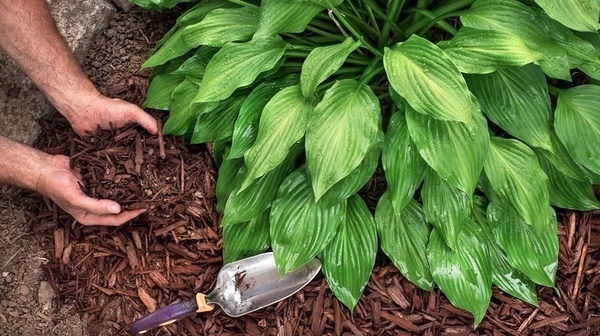
Take Care of Your Spring Landscaping
Now is the time to finish winter cleaning and get ready for summer. The grass has begun to grow, and lawns need more care than they did last month. Check out our pointers for making the transition from winter to summer.
April is a transition month that kicks off the mowing season but doesn’t yet bring summer rains. Accordingly, landscaping tasks involve some winter clean-up and some preparation for summer. Homeowners that assess their irrigation system, pick up around the yard, spread the right fertilizer, and add a dash of color will be on track for a year of healthy and happy landscaping.
Irrigation
Turfgrass requires more water to offset rising temperatures. And without daily summer showers, homeowners will need to provide this much-needed irrigation.
If you haven’t already, check your sprinkler system to ensure it delivers water properly. Turn the system on and walk around the property, observing where water might be wasted. Sprinkler heads may need to be adjusted if driveways, sidewalks, or the sides of buildings are getting overspray.
Run a calibration test (check instructions for your specific system) and keep any watering regulations in mind when adjusting settings.
Lawn Care
Since weekly mowing isn’t necessary during the winter months, homeowners may have neglected parts of their lawns. Before summer arrives is a great time to do a little sprucing up. Follow these tips to jumpstart your summer preparations:
- Walk the property. Simple, right? If you haven’t spent much time outside, take stock of the state of your lawn, beds, and surrounding areas.
- Pick up. Another easy one. Neglected yards might have sticks, branches, or other debris that have accumulated since the fall, and clearing it now means one less thing to do when the grass really starts to grow.
- Assess the weeds. Weed prevention and management begins now! Assess the type and severity of any weed problems so you can address them effectively.
- Mulch. A fresh layer of this good stuff does a number of things: it boosts the curb appeal of a home on the market, discourages weed growth, and often makes homeowners feel better overall about their landscape.
Fertilizing
Spreading fertilizer is one way to give a growth boost or help correct some bare spots that may have formed over the winter. Some pointers about general fertilizer use may be helpful.
Some homeowners have been confused by the organic and inorganic fertilizers on the market, unsure of what the differences actually are. According to the University of Florida’s Institute of Food and Agricultural Studies, your grass doesn’t care. In other words, any pros and cons are related to factors like cost, application frequency, and turfgrass response time. With the knowledge that your grass will respond equally to either, find a fertilizer that fits your budget and schedule.
If you choose a quick-release fertilizer, apply it carefully. Too much of this type can leave burned spots in the grass.
Slow-release nitrogen fertilizers are usually a better bet. Apply in the spring, follow any local application regulations, and make sure your fertilizer is labeled for your specific turfgrass.
Add Color
Take advantage of Florida’s native flora to add a splash of color to any landscape. Purple coneflowers, red sage, milkweed, and firebush are all excellent options. A little bit of color goes a long way in enhancing a property’s beauty and appeal.